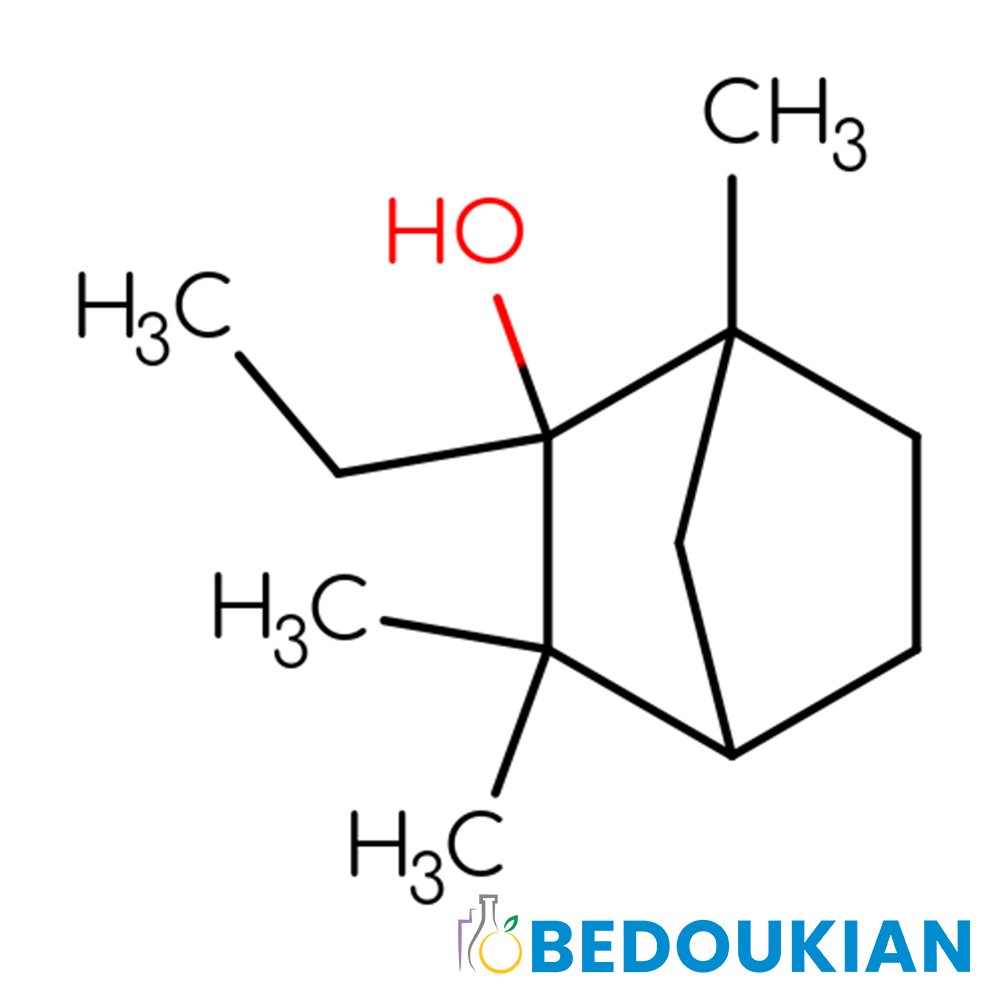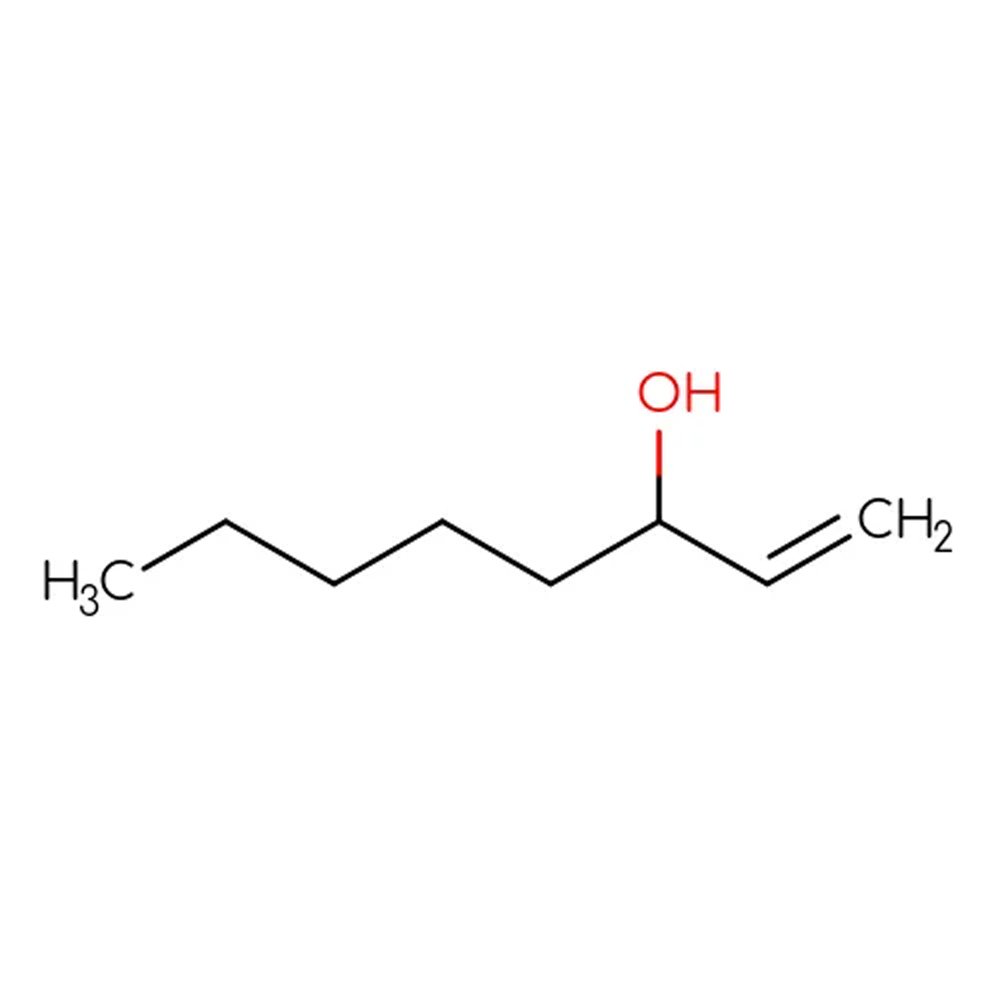Cypriol (Nagarmotha Oil) Technical Ingredient Overview
🔎 Chemical Name — Cyperus scariosus root/rhizome essential oil
🧪 Synonyms — Nagarmotha oil, Nagar Mustaka, Cyperus oil, Cypriol oil, Cyperus scariosus oil
📂 CAS Number — 68916-60-9 (Cypriol oil) / 91771-62-9 (Cyperus root oil)
📘 FEMA Number — Not assigned
⚖️ Molecular Weight — Variable (natural complex substance; dominated by sesquiterpenes 200-250 g/mol range)
📝 Odor Type — Woody-earthy, dry-amber
📈 Odor Strength — Strong, highly diffusive
👃🏼 Odor Profile — Woody-earthy with tenacious persistence; diffusive top note resembling cinnamon-olibanum complex; body note similar to Virginia cedarwood and vetiver; sweet-woody rich undertones on drydown; uniform odor throughout evaporation stages
⚗️ Uses — Fixative in perfumery; woody and Oriental bases; dry-amber accords; heavy fougères; forest notes; functional fragrance
🧴 Appearance — Amber to light brown viscous liquid
What is Cypriol?
Cypriol, marketed under the brand name in India and internationally known as Nagarmotha oil, is a rare and distinctive essential oil obtained by steam distillation of the dried roots and rhizomes of Cyperus scariosus R.Br., a perennial sedge belonging to the Cyperaceae family. The plant is native to India, where it grows wild along riverbanks, in marshlands, and damp areas throughout the subcontinent. The local Sanskrit name "nāgaramustā" (anglicized as Nagarmotha or Nagar Mustaka) reflects the plant's traditional use in Indian culture, where the roots have been employed for centuries in a manner similar to vetiver roots—for scenting clothing, particularly women's saris.
The production process mirrors that of vetiver oil: roots and rhizomes undergo thorough washing, drying, and comminution before steam distillation. This is a lengthy distillation process due to the high-boiling nature of the oil's constituents, which consist predominantly of sesquiterpenes, sesquiterpene alcohols, and sesquiterpene ketones (Arctander, 1960). The chemical profile bears remarkable similarity to vetiver oil, positioning cypriol within the same olfactory and functional category of earthy, woody base note materials.
Chemically, cypriol oil is characterized by its complex sesquiterpene composition. Major constituents include cyperone, selinene, cyperene, cyperotundone, patchoulenone, sugeonol, kobusone, and isokobusone. Recent research has identified key odor-active compounds including rotundone (highest odor-activity value), cyperen-8-one (a novel ketone with woody-ambery character), and cyperolactone, along with 21 nitrogen-containing molecules such as epi-guaipyridine and guaia-9,11-dienpyridine (Clery & Cason, 2016). The presence of rotundone—the molecule responsible for the peppery character in black pepper and Syrah wines—contributes significantly to the oil's distinctive woody-peppery profile.
Historical Background
While the roots of Cyperus scariosus have been used traditionally in India for centuries as a natural perfuming agent, the commercial steam distillation and international marketing of cypriol oil is a relatively modern development, emerging in the mid-20th century. The plant's use parallels that of vetiver, with both serving as natural scenting materials for textiles in traditional Indian culture.
The genus Cyperus was recognized as a source of aromatic materials in ancient times, with various species used as incense ingredients across different civilizations. However, Cyperus scariosus specifically gained attention from the international perfumery industry only after systematic distillation began in India. Arctander's 1960 monograph represents one of the earliest comprehensive Western descriptions of the oil, noting that it was "produced on a limited scale by one producer in India" with annual production "perhaps in excess of 2 metric tons" (Arctander, 1960).
The limited production scale has remained consistent, with cypriol continuing to occupy a niche position in the perfumer's palette rather than achieving widespread commercial availability. The oil's relatively low cost compared to other exotic base notes, combined with its stability and tenacity, made it attractive for soap perfumery and functional fragrances, though it never achieved the mainstream recognition of related materials like vetiver or patchouli.
Contemporary interest in cypriol has been renewed through scientific investigation of its chemical composition, particularly the identification of rotundone and novel ketones, which has provided new understanding of the oil's olfactory profile and potential applications in modern perfumery.
Olfactory Profile
Scent Family: Woody-earthy, dry-amber
Main Descriptors: Cypriol presents a complex and evolving olfactory character distinguished by remarkable tenacity and uniformity. The initial impression is excitingly fresh and diffusive, bearing striking resemblance to an Oriental cinnamon-olibanum complex—dry, woody, and slightly spicy with pronounced radiance. The body note transitions to territory familiar from Virginia cedarwood and vetiver oils, exhibiting similar woody-earthy depth but with distinctive character. The drydown reveals sweet-woody richness with strong vetiver-like undertones, smoky leather facets, and subtle peppery warmth. Throughout all stages of evaporation, the oil maintains firm uniformity in odor character, a distinguishing feature noted by Arctander.
Intensity: Strong to very strong. Cypriol demonstrates exceptional diffusive power and persistence, capable of dominating compositions if used without restraint. The oil's odor tenacity ensures long-lasting substantivity in both fine and functional fragrance applications.
Tenacity: Exceptional. As a sesquiterpene-rich essential oil, cypriol functions as an effective fixative material. Its high-boiling constituents provide extraordinary longevity on skin and textiles, with substantivity comparable to or exceeding vetiver and patchouli oils.
Volatility: Base note. The oil's composition of high-molecular-weight sesquiterpenes positions it firmly in the base note category, though its initial diffusive character provides notable top note impact before settling into its characteristic woody-earthy persistence.
Fixative Role: Cypriol serves as a genuine fixative in perfume compositions, extending the longevity of more volatile materials while contributing its own distinctive woody-earthy character. The oil's ability to anchor compositions makes it valuable in Oriental bases, dry-amber accords, and woody structures where substantivity is essential.
Applications in Fine Fragrance
Cypriol excels in woody perfume bases, where it provides authentic earthy depth and tenacious structure. In Oriental compositions, the oil contributes dry-spicy warmth that complements traditional materials like olibanum, benzoin, and labdanum. The oil's similarity to cinnamon-olibanum accords makes it particularly effective in spice-forward Oriental structures.
In dry-amber formulations, cypriol serves as a cost-effective and stable base material. Arctander specifically notes its value in dry-amber notes enhanced by small amounts of fixateur 404 or grisambrol complexes, demonstrating the oil's compatibility with modern synthetic amber materials (Arctander, 1960).
Heavy fougères benefit from cypriol's earthy-woody depth, where it adds masculine strength and tenacity to classic lavender-coumarin-oakmoss structures. The oil also finds application in forest notes and hyacinth compositions(combined with galbanum resinoid), showcasing its versatility across diverse fragrance families.
Typical pairings include: bergamot (particularly in dry-amber structures), labdanum, patchouli, sage clary, vetiver, sandalwood, cedarwood derivatives, oakmoss products, frankincense, cistus, and galbanum. The oil blends harmoniously with methylionones, isoeugenol, and various woody-amber synthetics.
In soap perfumery and functional fragrance, cypriol's combination of low cost, odor tenacity, and stability makes it economically attractive. The oil's ability to provide woody-earthy depth in cost-conscious formulations has secured its position in industrial applications.
Performance in Formula
Blending behavior: Cypriol functions as both a base note anchor and a character-defining ingredient. At higher concentrations (above 2%), the oil displays its peculiar soft-woody note and intriguing top note diffusivity. At lower concentrations (0.5-2%), it serves as a fixative and modifier, enhancing woody-earthy depth without dominating.
Stability: Excellent. The sesquiterpene-dominated composition provides good oxidative stability compared to monoterpene-rich oils. However, as with all natural oils, storage in cool, dark conditions with minimal air exposure is recommended to preserve quality.
Dosage: In fine fragrance, typical usage ranges from 0.5% to 3% when used as a fixative and blender. Higher concentrations (3-10%) are appropriate when cypriol's distinctive character is desired as a prominent feature. In soap and functional perfumery, usage may extend to higher percentages given the oil's cost-effectiveness and stability.
Industrial & Technical Uses
Cosmetic applications: Cypriol oil finds use in skincare formulations, particularly for mature, dry, or environmentally stressed skin. The oil is incorporated into body butters and lotions designed for deep nourishment and skin health support.
Traditional medicine: In Ayurvedic and traditional Indian medicine, the rhizomes and oil are used as anti-inflammatory, antimicrobial, and antifungal agents. Traditional applications include treatment of fever, arthritis, digestive disorders, and respiratory conditions.
Incense production: Cypriol oil serves as an ingredient in incense stick manufacturing, particularly in traditional Indian incense formulations, where its woody-spicy character and fixative properties are valued.
Regulatory & Safety Overview
IFRA Status: Cypriol oil is not subject to specific restrictions under IFRA Standards (51st Amendment, 2023). As a natural complex substance, it should be used following general IFRA guidance for essential oils. The presence of sesquiterpene ketones should be considered in safety assessments.
EU Cosmetics Regulation: Cypriol oil is compliant with EU Regulation 1223/2009 for cosmetic use. It is not listed among prohibited substances and does not contain restricted parabens, preservatives, colorants, or UV filters.
REACH Compliance: Cypriol oil is compliant with EU Regulation (EC) 1907/2006 (REACH) and does not contain Substances of Very High Concern (SVHC) above 0.1% weight.
Toxicology: The oil is considered non-toxic to normal cells in standard safety assessments. As with all essential oils, appropriate dilution and handling practices should be observed. The oil has demonstrated antimicrobial activity in vitro, suggesting potential skin benefits alongside standard safety precautions for topical use.
References
Arctander, S. (1960). Perfume and Flavor Materials of Natural Origin. Elizabeth, NJ: Arctander.
Clery, R. A., & Cason, J. R. L. (2016). Constituents of cypriol oil (Cyperus scariosus R.Br.): N-containing molecules and key aroma components. Journal of Agricultural and Food Chemistry, 64(22), 4566-4573. https://doi.org/10.1021/acs.jafc.6b00680
Genders, R. (1994). Scented Flora of the World. London: Robert Hale.
Rhind, J. P. (2016). Aromatherapeutic Blending: Essential Oils in Synergy. London: Singing Dragon.
Srivastava, S., Verma, R. K., Verma, S. K., Pandey, V. B., & Singh, V. K. (2014). Chemical constituents and biological activities of promising aromatic plant Nagarmotha (Cyperus scariosus R.Br.): A review. Journal of Pharmacognosy and Phytochemistry, 3(4), 02-06.












